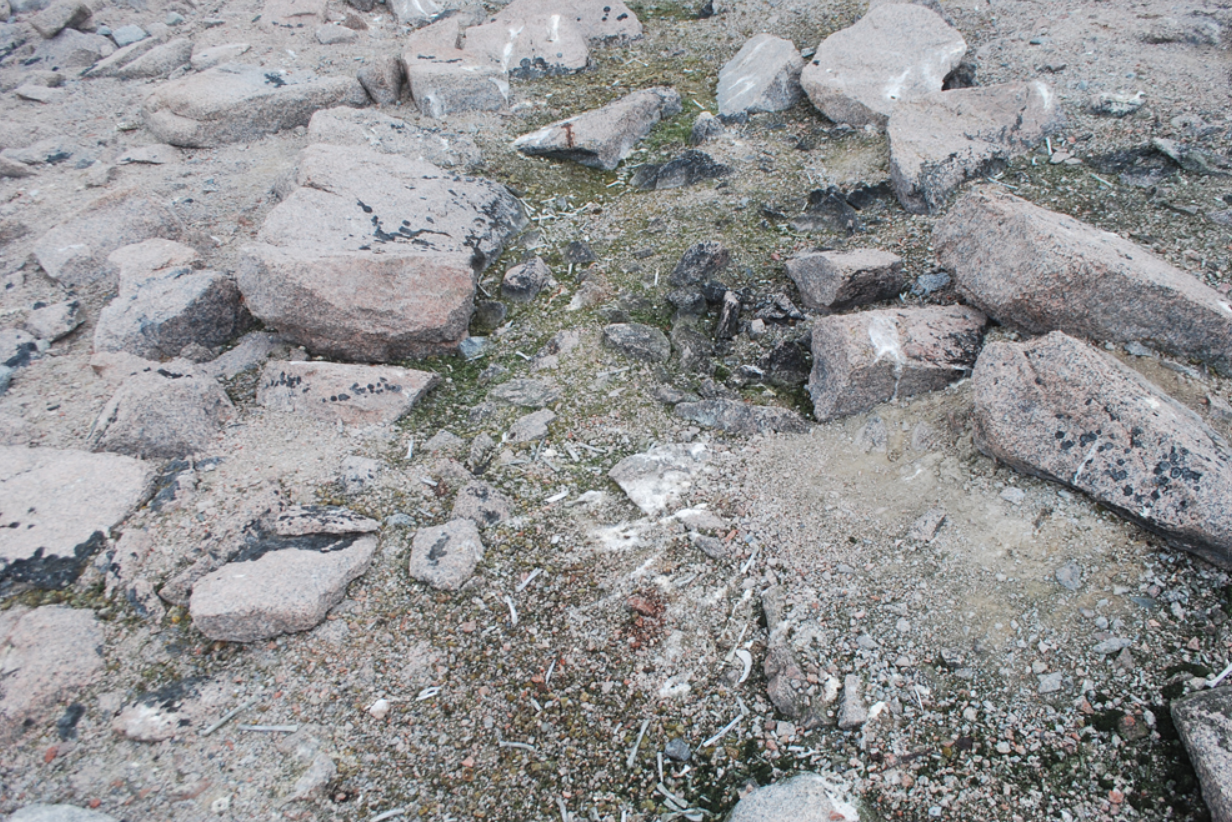Along the icy shores of Antarctica, scientists stumbled across the ancient preserved remains of penguins that have remained remarkably fresh thanks to the chilly conditions. Some of these penguin mummies may date as far back as 5,000 years ago, centuries before the Ancient Egyptians started to perform mummification using embalming.
Several ancient penguin boneyards were discovered in 2016 around Cape Irizar, a rocky cape along the Ross Sea in eastern Antarctica. Along with the bones and feathers of Adélie penguins, researchers came across several carcasses poking out of the melting snow that “appeared to be fresh.”
The sight was pretty surprising as there have been no records of an active penguin colony in this region since it was first laid eyes upon by Robert Falcon Scott and his team of explorers at the start of the 20th century.
Radiocarbon dating of the remains later revealed that these carcasses were extremely old, despite their youthful appearance, dating from three periods beginning 5,000 years ago and the most recent being 800 years ago.
The bodies had effectively been turned into natural mummies thanks to the sub-zero temperatures that stopped microorganisms from decomposing the bodies.
“In all the years I have been doing this research in Antarctica, I’ve never seen a site quite like this,” Professor Steven Emslie, a paleoecologist at the University of North Carolina Wilmington, said in a statement.
Penguin bones and guano found at the site.
Image credit: Steven Emslie
“We excavated into three of these mounds, using methods similar to archaeologists, to recover preserved tissues of penguin bone, feather, and eggshell, as well as hard parts of prey from the guano (fish bones, otoliths). The soil was very dry and dusty, just as I’ve found at other very old sites I’ve worked on in the Ross Sea, and also had abundant penguin remains in them,” Emslie added.
The last time the site was occupied by penguins neatly ties into the period between the Medieval Warm Period (800–1300 CE) and the onset of the Little Ice Age (1300 CE) when average summer surface temperatures were around –2°C (28.4°F) colder than today in the Ross Sea. Professor Emslie believes that the colder conditions likely covered the region in thick snow and ice, making it too harsh for an active penguin colony to thrive.
The main reason the penguin mummies are currently springing out of the ground is the warming temperatures associated with climate change. The annual temperature of this region near the Ross Sea has increased by up to 2°C (35.6°F) since the 1980s, resulting in a huge loss of ice that’s revealing relics from times gone by.
“This recent snowmelt revealing long-preserved remains that were frozen and buried until now is the best explanation for the jumble of penguin remains of different ages that we found there,” Emslie commented.
A similar problem is unfolding on the other side of the planet in the Arctic, a part of the world that’s warming three times as fast as the global average. As a result of thawing permafrost, all kinds of things from the distant past are emerging, including nasty pathogens and frozen creatures.
The study was published in the journal Geology in 2020.
Want more weird animal facts? Don’t miss our free festival of science on October 21 as CURIOUS Live asks the experts questions about Life, Death, and Creation. You can watch the virtual event for free from anywhere, or register to get access to all of the talks after the event is over.
Source Link: Mummified Penguins From 5,000 Years Ago Emerge From Antarctica's Snow
